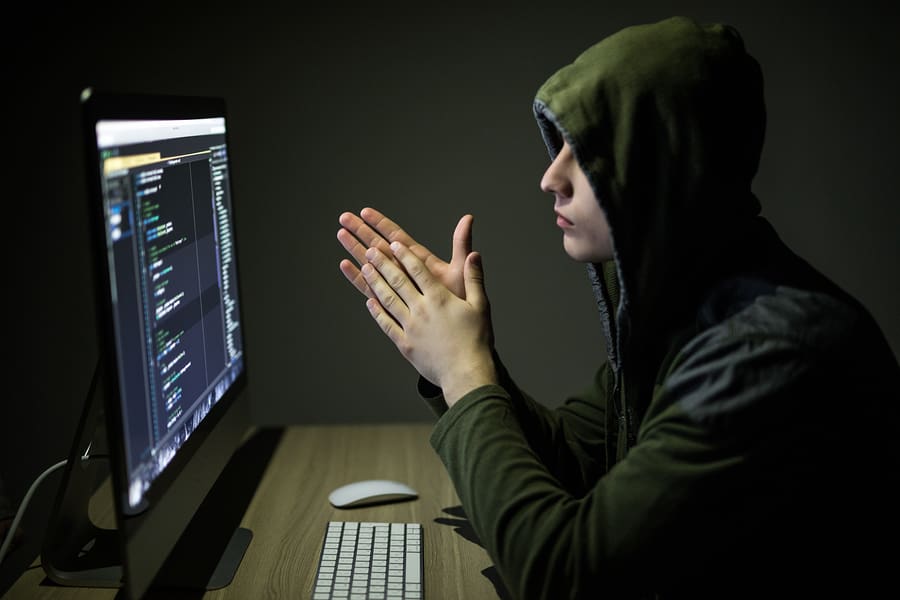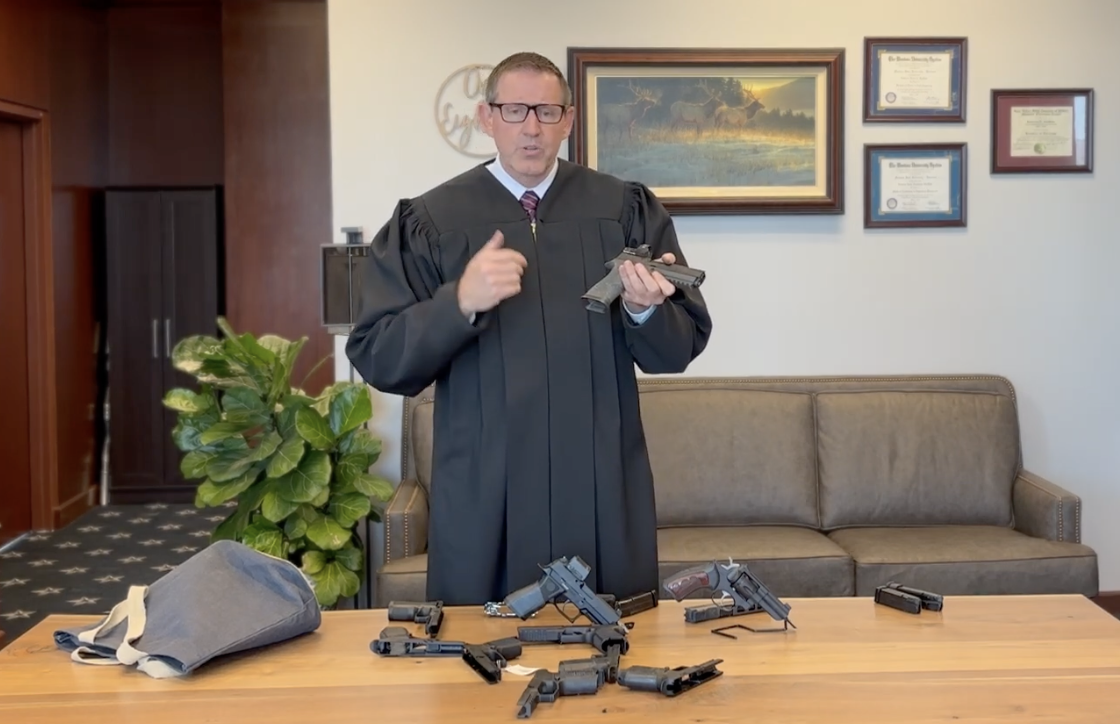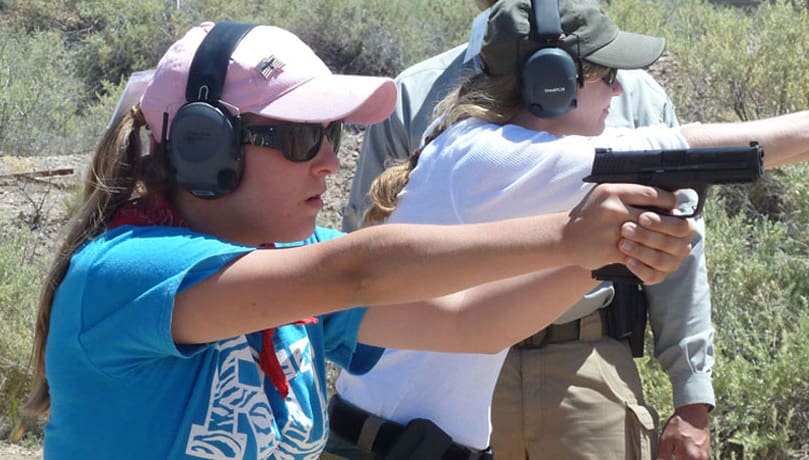On Friday, the International Organization for Standards announced that it had approved a new merchant category code for gun retailers. In other words, the ISO caved to longstanding pressure brought by the gun control industry and politicians including a group of US Senators to create the new code.
The ISO’s announcement was quickly followed by announcements from Visa, MasterCard and American Express that they would begin to use the new code to segregate gun store purchases. The big credit card companies had previously resisted pressure from gun control groups to segregate gun store transactions, but gave in when the ISO established the code.
As the AP reports . . .
…the decision by Visa, the world’s largest payment processor, will likely provoke the ire of gun rights advocates and gun lobbyists, who have argued that categorizing gun sales would unfairly flag an industry when most sales do not lead to mass shootings. It joins Mastercard and American Express, which also said they plan to move forward with categorizing gun shop sales.
Visa said it would adopt the International Organization for Standardization’s new merchant code for gun sales, which was announced on Friday. Until Friday, gun store sales were considered “general merchandise.”
“Following ISO’s decision to establish a new merchant category code, Visa will proceed with next steps, while ensuring we protect all legal commerce on the Visa network in accordance with our long-standing rules,” the payment processor said in a statement.
Visa’s adoption is significant as the largest payment network, and with Mastercard and AmeEx, will likely put pressure on the banks as the card issuers to adopt the standard as well. Visa acts as a middleman between merchants and banks, and it will be up to banks to decide whether they will allow sales at gun stores to happen on their issued cards.
This is a big step in the gun control industry’s long push to privatize much of gun control after years of being frustrated at the federal level and, most recently, by the Supreme Court’s Bruen ruling.
In their fever dreams, the Civilian Disarmament Industrial Complex envisions a vast surveillance system that will scrutinize and report on “suspicious” gun purchasing activity. They’ve sold this thinly-veiled anti-gun initiative as a way for banks to cooperate with police to stop mass shootings and gun trafficking.
From Michael Bloomberg’s Everytown . . .
“Today’s announcement is a critical first step towards giving banks and credit card companies the tools they need to recognize dangerous firearm purchasing trends – like a domestic extremist building up an arsenal — and report them to law enforcement,” said John Feinblatt, president of Everytown for Gun Safety. “But this is only the first step. Now it’s vital that merchants and banks implement this code swiftly, before more guns end up in the wrong hands.”
“These new merchant codes will help banks and financial institutions track suspicious and potentially illegal gun purchases,” said Shannon Watts, founder of Moms Demand Action. “It takes all of us to tackle our gun violence epidemic which is why we’re grateful for Amalgamated Bank’s leadership in this effort and call for all other banks and financial institutions to follow suit.”
There are more than a few problems with this, however. First, who will get the new code? Bob’s Gun Shop down the street almost surely will. But what about Bass Pro Shops? How about Academy Sports?
Second, the merchant code won’t be used only for gun purchases. It will be used for all charges by retailers identified as gun sellers. So if you buy a flat of shotgun shells for dove season or a new scope for your deer rifle, those transactions will be blended in with everything else processed by your local gun store. The code won’t provide item level detail.
Third, the gun control industry and their friends in the federal government expect banks to scrutinize purchases and report anything “suspicious” to the proper law enforcement authorities. Banks are wholly ill-equipped to do anything approaching that on a consistent and reliable basis.
Keep in mind that they won’t have item-level detail in these charge transactions. They won’t be able to tell the difference between one purchase of 15 GLOCK 19s from another transaction of the same amount for a Beretta 687 shotgun. And banks won’t be able to sift and sort magazine, optics and ammo purchases from transactions for firearms.
That brings us to the final problem; signal to noise. Banks will set up algorithms to flag supposedly suspicious transactions or buying patterns. They’ll then report them to police. But that will likely mean tens or even hundreds of thousands of reports every year. Police won’t be able to sort through all of the garbage to find anything that will be actionable on the tiny number of transactions that may be worth following up on.
And then there will be the response by gun buyers. Most will continue to buy the way they always have. That’s because most — meaning over 99% — are perfectly legal.
Others, also legal purchasers, but those who don’t want anyone reviewing their transaction histories, will either spread purchases over a number of cards or, more likely, buy strictly with cash. They’ll consider the move by the banks to be a pseudo registry and choose not to participate.
They will, of course, be right. The goal here is to create a public-private partnership to monitor the gun-buying activities and habits of as many Americans as possible.
In the end, the code itself and its initial use won’t affect or inconvenience America’s gun owners much, if at all. At least for now.
But this is a first step toward a larger surveillance system that’s ultimately aimed at controlling and deplatforming as many aspects of the firearms industry as possible. It could also be used to isolate and “other-ize” firearms owners while limiting or cutting off their access to guns through the channels they’ve become accustomed to.
Meanwhile, cash is still legal. Expect to see far more people in your local gun store pulling out a wad of samolians when it’s time to pay for their purchases. Oh, and an 3D printer is less than the cost of a Taurus G3.








